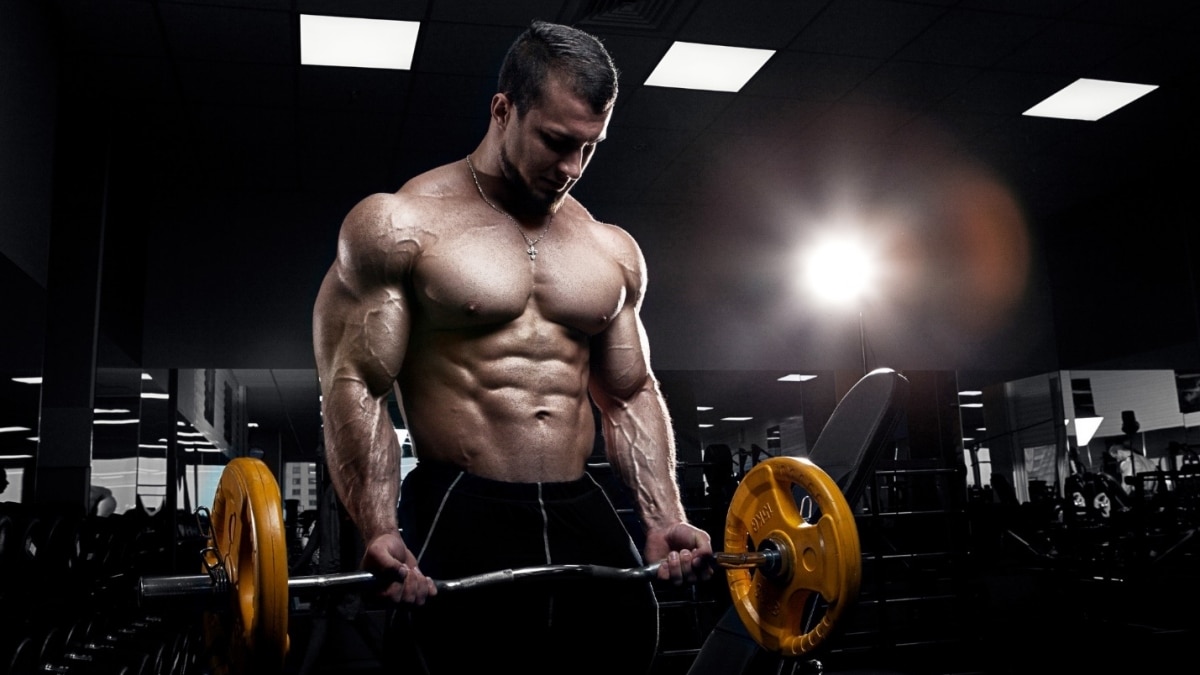Athletes use synthetic prohormones to improve lean muscle growth, strength, and recovery. They work well at it, but most people are unaware of the numerous harmful health concerns they pose. Prohormones have been in existence since 1996. However, the prohormones that were available then and now differ significantly. This new generation of prohormones is required to abide by the 2004 laws. This legislation aims to guarantee prohormones’ safety, efficacy, and legality.
The older generation of prohormones had a greater risk profile and more adverse effects before these laws. While side effects and hazards are still present in certain small amounts of the new prohormones on the market, they are significantly lower. All in all, ensuring you’re taking and cycling the appropriate prohormone for your objectives is critical. This comprehensive guide informs you more.
Contents
How do pro hormones work?
As precursors to hormones, prohormones are substances that the body can transform into active hormones. Athletes and bodybuilders frequently utilize them to improve performance, strength, and muscle mass. The body transforms prohormones into anabolic hormones when you ingest them. There are various ways to experience the consequences that follow. However, androgenic, estrogenic, and progestogenic receptors in the body are typically where the most significant effects occur.
Prohormones are androgen receptor agonists, just like anabolic steroids. Potent androgen receptor agonists will show signs of elevated testosterone. Some of the effects of prohormones are increased anger, sexual desire, strength in muscles, and bulk in muscles. There’s also a greater chance of adverse effects associated with elevated testosterone levels. Although they are not exclusive, enhanced vulnerability to hair loss and acne are among the possible outcomes.
Your progestogenic and estrogenic receptors respond similarly to prohormones. Prohormones that result in the conversion of estrogen and progesterone can sustain greater muscle and power. The drawback is that significant bulk gains are frequently lost after the cycle ends. Water retention is to blame for this more than anything else. There are risks and drawbacks unique to this conversion.
The following list of potential estrogenic adverse effects is not exhaustive:
- Added water weight
- Heightened vulnerability to weight gain
- Gynecomastia (male breast tissue enlargement).
It’s common to classify prohormones as androgenic, estrogenic, or even both. This usually stems from their principal mode of operation. There will be some androgenic effects from all prohormones. However, the effects of each prohormone on various bodily systems can vary.
Potent androgens are often helpful in fostering gains in strength, which occurs via activation of the central nervous system (CNS). As a result, DHT and powerful androgens are frequently comparable. Moreover, some will encourage synthesizing more red blood cells, so users typically report greater pumps and vascularity.
What’s been modified?
As we have already mentioned, the prohormones available now are different from those before the US Congress passed the Anabolic Steroid Control Regulation of 2004. Prohormones of the latest generation are more readily absorbed and have an improved distribution system. It is, therefore, less strenuous on your liver.
- Liposomal Delivery System: Drug carriers in the medical field have used liposomal technology. Yet its inclusion in nutritional supplements is a relatively recent development. Liposomes consist of a hydrophilic shell surrounding a hydrophobic core. This makes the molecule more soluble while also shielding it from deterioration.
- Cyclosome™ Delivery: This technology is another liposomal delivery method. This strategy may improve vesicle stability and prohormone solubility. This mode of administration prevents the prohormones from bursting out of the vesicle and regulates the in vivo fate of hydrophobic substances. This enables the carrier to use the intestinal lymphatic system to transport prohormones and testosterone boosters to the systemic circulation.
Steroids versus prohormones
Prohormones are chemicals that the body can utilize to produce anabolic steroids. Their purpose is to produce hormones, which the body will then use. Unlike steroids, prohormones are not hormones in the true sense. Instead, they open a channel so the body can naturally produce its hormones.
Another way that prohormones vary from steroids is that they are simpler for the body to control. The body understands when to stop generating hormones on its own and when to quit altogether. Using prohormones to increase this production does not change this. However, steroids are already in the form of hormones, making it more difficult for the body to regulate them.
Which is the best prohormone for you?
At this point, you may wonder, “Which prohormone is the best to take, and when?” Giving precise guidance on this subject is not feasible or wise. Before using any prohormone, individuals should consider their personal goals and risk considerations. It is best to begin with a moderate prohormone and maintain modest doses, usually for three to four weeks. Even for a beginner, this will produce fantastic results.
Having an estrogen-blocking product on hand at the beginning of a prohormone cycle is essential. Those who don’t worry about estrogen can continue taking it for three to four weeks when their cycle ends. Use it both before and after if you are worried about estrogen.
Advice on diet and supplements for prohormone users
Generally, the only recommendation we would make is to up your protein intake to a minimum of 2 grams per pound of physical weight, assuming you follow a healthy, clean diet. Thus, 400g of protein a day would be required for a 200 lb person. We advise drinking more water and using liver-protecting supplements like N-acetyl cysteine and Silymarin, dosed at 6g daily since practically all prohormones are oral. Theoretically, this will boost your gains by inhibiting the enzymes that break down medications, resulting in improved absorption.
Conclusion
Prohormones are popular among athletes and anyone aiming to develop an athletic physique since they have the potential to improve body physique, decrease body fat, and improve athletic performance. They are also attractive due to their potential for effectiveness, even in a brief amount of time. Prohormones work best when taken in conjunction with a nutritious, well-balanced diet and frequent exercise, particularly cardio and weight training.

